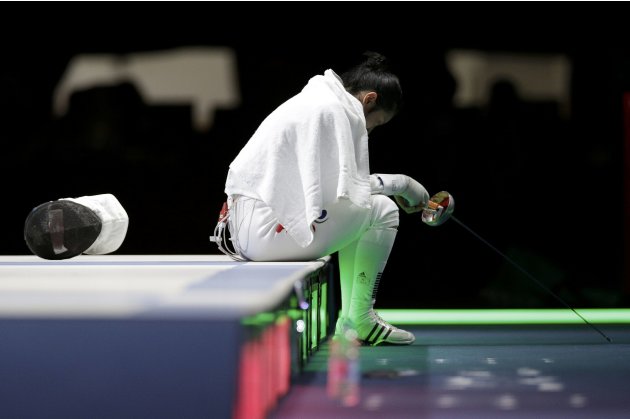
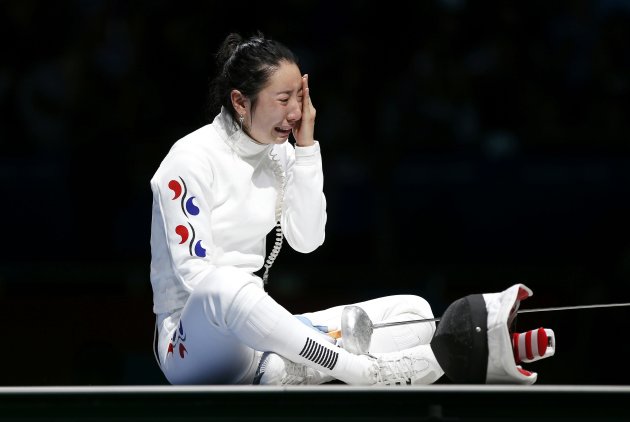
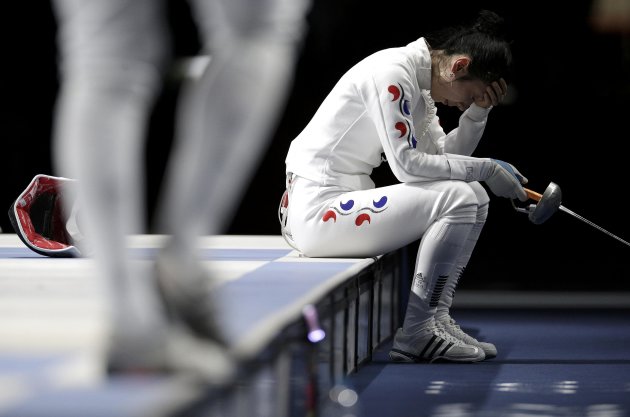
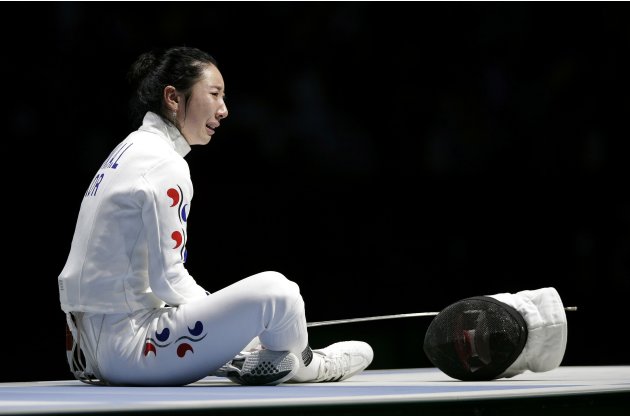
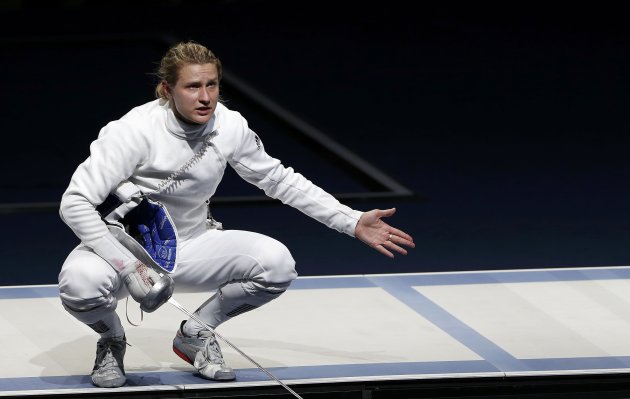
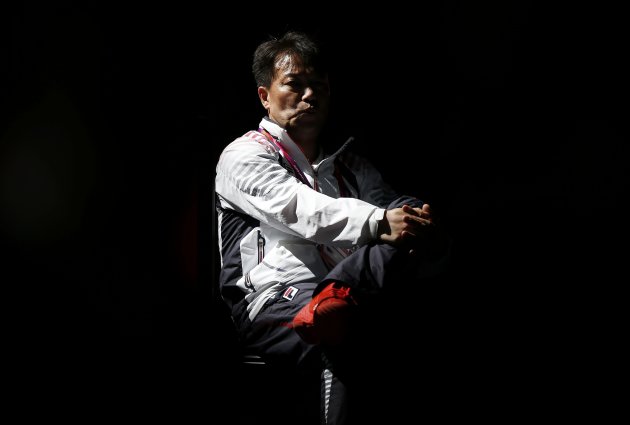



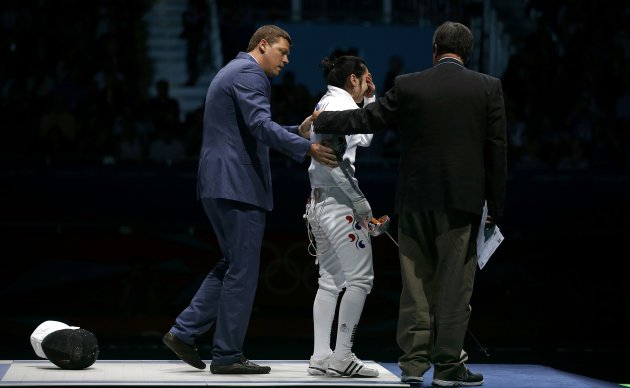

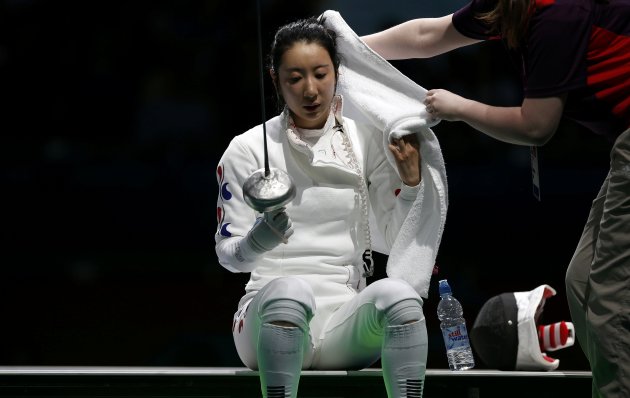

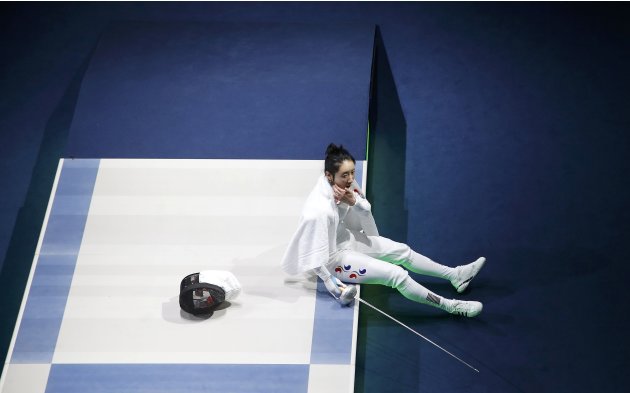
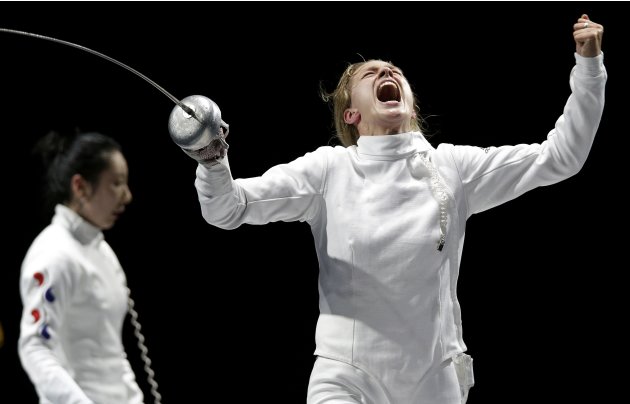
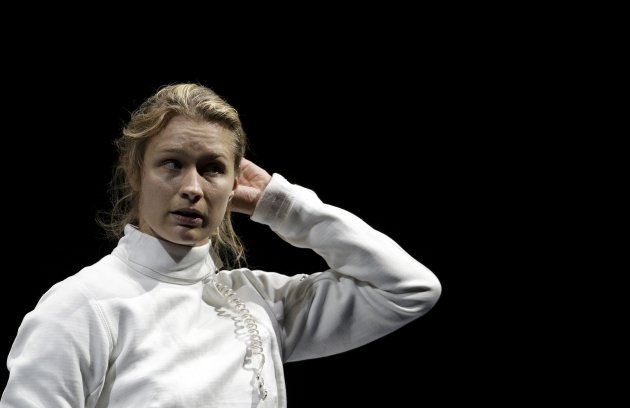
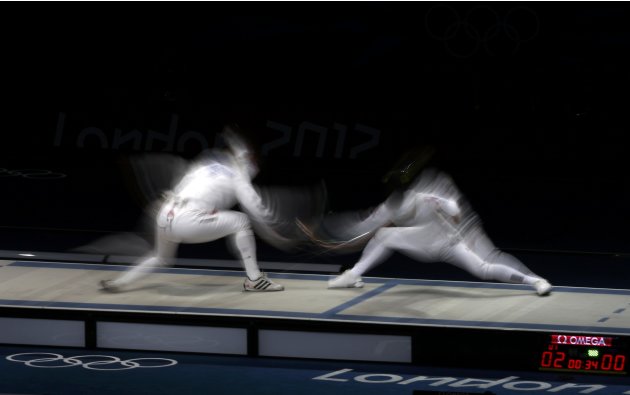
 President ObamaA study from Ancestry.com has determined that President Obama is related to John Punch, the first black African enslaved for life in America--which would make Punch the 11th great-grandfather of Obama.
President ObamaA study from Ancestry.com has determined that President Obama is related to John Punch, the first black African enslaved for life in America--which would make Punch the 11th great-grandfather of Obama.






| Dongpo Pork:First created by Su Dongpo, a well-known poet from the Song Dynasty, when he served as a local official of Hangzhou. The dish is made from belly pork which is cut into four pieces and first briefly boiled and then rinsed. Next, the pork is put into a pot with sugar, soy sauce, onion, ginger and rice wine, the pot is sealed, and the pork is cooked in the oven until tender (about two hours). Finally, it is transferred to a bowl, the juices from the pot strained over the meat, and the bowl covered and put inside a steamer and steamed for at least two hours. |  |
| Xi Hu Cu Yu (West Lake vinegar Fish):Prepared with fresh and alive grass carps from the West Lake, this dish integrates delicious, sweet and sour tastes, with tender fish meat, which tastes just like crabmeat. The fish is first starved for 2 days in order to get rid of the mud smell. |  |
| Jiao Hua Ji (Beggar's Chicken): Recipe Legend has it that a Hangzhou beggar invented "Beggar's chicken". The story goes that because the beggar had no stove, he wrapped the stolen chicken in clay and baked it in a hole in the ground. To cook the chicken, firstly the organs of the chicken are cleaned, and Chinese herbs are inserted. Then the chicken is wrapped around lotus leafs, and wrapped around in clay and baked over low heat for hours. The taste of the chicken is aromatic, tasty, and tender. |  |
Shanghai, being a relatively new city in China, does not really have a cuisine of its own, but successfully refines all the work of the surrounding provinces such as Zhejiang and Jiangsu. Through years of culinary practice and the assimilation of the art in other styles of cuisine, Shanghai chefs have also created a style of cuisine peculiar to the region. Shanghai dishes are usually characterized by the use of heavy and highly flavored sauce.
The use of sugar is another uniquness found in Shanghainese cuisine and, especially when used proportiaonally with soy sauce, the taste created is not so much sweet but rather savory. My chef friend told me that this is mainly due to the fact that sugar neutralized the sourness found in soy source. Household in Shanghai would consume as much soy source as sugar. Visitors are often surprised when the "secret ingredient" was revealed by local Shanghainese.Some tasty Shanghai Food:
|
| Also known as Xiang Cai, Hunan cuisine has already developed into a famous culinary school in China. Hunan dishes consist of local dishes from the Xiangjiang River area, Dongting Lake area and Western Hunan mountain area. While similar to Szechuan cuisine, Hunan Cuisine is often spicier and contains a larger variety of ingredients. Other characters distinguish Hunan cuisine from Szechuan cuisine is that in general, Hunan cuisine utilizes smoked and curing food in its dishes much more frequent than Szechuan cuisine. Hunan cuisine dishes are often more oily and look darker than Szechuan cuisine dishes. Hunan is known for its liberal use of chilli peppers, shallots and garlic. Many Hunan dishes are characterized by a strongly flavored brown sauce. Some rely on sweetness from ingredients such as honey; sweet and sour sauces are also characteristic of the style. Hunan cuisine make extensive use of chiles, to cleanse the palate and to cope with the humid climate. (Hot foods such as red chili peppers dry out and cool down the body, making it easier to handle the heat and dampness). Hunan dishes are normally made with fresh chile peppers, including the seeds and membranes which contain most of the heat.Hunan food takes curing, simmering, steaming and stewing as the main cooking methods. Dishes of this style are usually tinged with a sour and spicy flavour. Popular Regional Dishes: Hunan's culinary repertoire consists of more than 4,000 dishes, including Dong'an Chicken, Crispy Duck, Orange Beef, and Spicy Frog's Legs.
|
| A journey through Jiangsu is not only a chance to experience beautiful river town scenery and some of the most brilliant achievements in Chinese culture, but also a great chance to try one of the major components of Chinese cuisine - Jiangsu Cuisine. Jiangsu Cuisine, also called Huaiyang Cuisine, consists of the styles of Yangzhou, Nanjing, Suzhou and Zhenjiang dishes. Known as "a land of fish and rice" in China, Jiangsu Province has a rich variety of ingredients available for cooking. Using fish and crustaceans as the main ingredients, it stresses freshness and aliveness freshness. Its high carving techniques are delicate, of which the melon carving technique is especially well known. Due to using the methods of stewing, braising, quick-frying, warming-up, stir-frying, wine sauce pickling and adding some sugar as condiments, Jiangsu dishes taste fresh, light and mellow. In Huaiyang cuisine, ingredients are strictly chosen and carefully prepared to maintain the original flavor. Huaiyang cuisine also pays special attention to the seasonally of each ingredient so that each ingredient is in its prime state for eating. For example, Yangzhou Cuisine is light and elegant; Suzhou Cuisine is slightly sweet; and Wuxi Cuisine is fairly sweet. Light and tasty soups are also a key part of Huaiyang cuisine and perfectly in tune with the latest health food trends. In 1949, Huaiyang cuisine was the selected cuisine for the first state banquet of the new People's Republic and, in 1999, Huaiyang cuisine was also featured on the menu of the People's Republic's 50th anniversary state dinner. In 2002, Huaiyang cuisine was also selected for the dinner hosted by President Jiang Zemin for visiting US President George W. Bush. Jiangsu dishes can be classified into that of Suzhou-Wuxi style and Zhenjiang-Yangzhou style. The feature of Suzhou-style dishes is their natural flavor in original stock and a mixture of salty and sweet taste. The characteristics of Zhenjiang-Yangzhou style food are best described by the saying that "the soup is so clear that you can see the bottom of the bowl and the sauce is so thick that it turns creamy white".Typical courses of Jiangsu cuisine are Jinling salted dried duck (Nanjing's most famous dish), Squirrel with Mandarin Fish, Yangzhou Style Fried Rice, "Lion-Head" Meatball with Crab Roe, Wuxi Sweet and Salty Spare Ribs. Crystal meat (pork heals in a bright, brown sauce), clear crab shell meatballs (pork meatballs in crab shell powder, fatty, yet fresh), Yangzhou steamed Jerky strips (dried tofu, chicken, ham and pea leaves), triple combo duck, dried duck, and Farewell My Concubine (soft-shelled turtle stewed with many other ingredients such as chicken, mushrooms and wine), etc.
|
| Dim Sum (Dian Xin) - Dim sum is literally translates to "touch the heart". Dim sum is usually servec as breakfast or brunch, enjoyed with family or friends. There is a wide variety of food available, Gow (Dumpling), Siu Mai, Phoenix talons (Chicken feet), Steamed spare ribs, and Spring rolls are good examples. In some restaurants, they are served on trolleys. Instead of placing an order after reading a menu, you order whatever you like after physically seeing the yummy dim sums on the trolley. Dim sum is part of the Cantonese culture, it is common to see good Cantonese restaurants crowded with people having dim sums on sunday mornings, enjoying dim sum while reading newspapers. |  |
| Shark Fin Soup - Genuine shark fin soup or stew is made with real shark fins obtainable from several shark species. In Cantonese cooking, raw shark fins are processed by first removing the skin, trimming them to shape, and thoroughly drying them. Bleaching with hydrogen peroxide may be employed before drying to make the colour of the sharks fin more appealing. Considered a highly prized delicacy, the best Cantonese shark fin soup can fetch up to US$100 per bowl. However, there are also cheaper shark fins, usually taken from smaller shark species, used for casual dining. The quantities used for each bowl of soup may vary from a few needles of fin rays (typical in a US $150 Chinese feast), to a whole small fin, or even more. The price depends on the size and quality of shark fin used; shark fin is estimated to cost at least US $4.50 per bowl. |  |
| Char Siu (BBQ pork) - Char siu, also known as BBQ pork, is Cantonese-style barbecued pork. It is usually made with long strips of boneless pork, typically pork shoulder. The distinctive feature of char siu is its coating of seasonings which turn the meat dark red, or occasionally burnt, during cooking. The seasoning mixture for char siu usually includes sugar or honey, five-spice powder, red food colouring, soy sauce, and sherry or rice wine. The words char siu literally mean "fork roasted", which is the traditional preparation method. Long forks hold the meat in a covered oven or over a fire. Char siu is rarely eaten on its own, but used in the preparation of other foods, most notably char siu bau, where it is stuffed in buns, and char siew rice (or Barbecued pork with rice), where it is served with rice. Char siu is common in places with a large Cantonese-speaking community, including southern China, Malaysia and Singapore. It is also commonly served in Chinese restaurants and food markets in other parts of the world. |  |
Beijing is the Capital city of many dynasties in the history of China, and many nomadic populations once lived in Beijing. Today, Beijing cuisine is refined from a combination of Shangdong cuisine and the Imperial cuisine, and formed its unique characteristics. Many Beijing dishes primarily comprise of meat, as a result of eating habits of the royals. For example, the Mongolian rulers during the Ming dynasty favored mutton, while the Qing dynasty rulers preferred pork. Bejing chefs generally put more effort into the method of cooking, and uses very common ingredients. Deep-frying, roasting, instant-boiling, stir-frying and stewing are among the most common methods of cooking. Because of its more northerly location, instead of rice, which is the staple diet in southern cuisines, noodles, buns, or jiaozi(dumplings), are preferred by the local people.
|